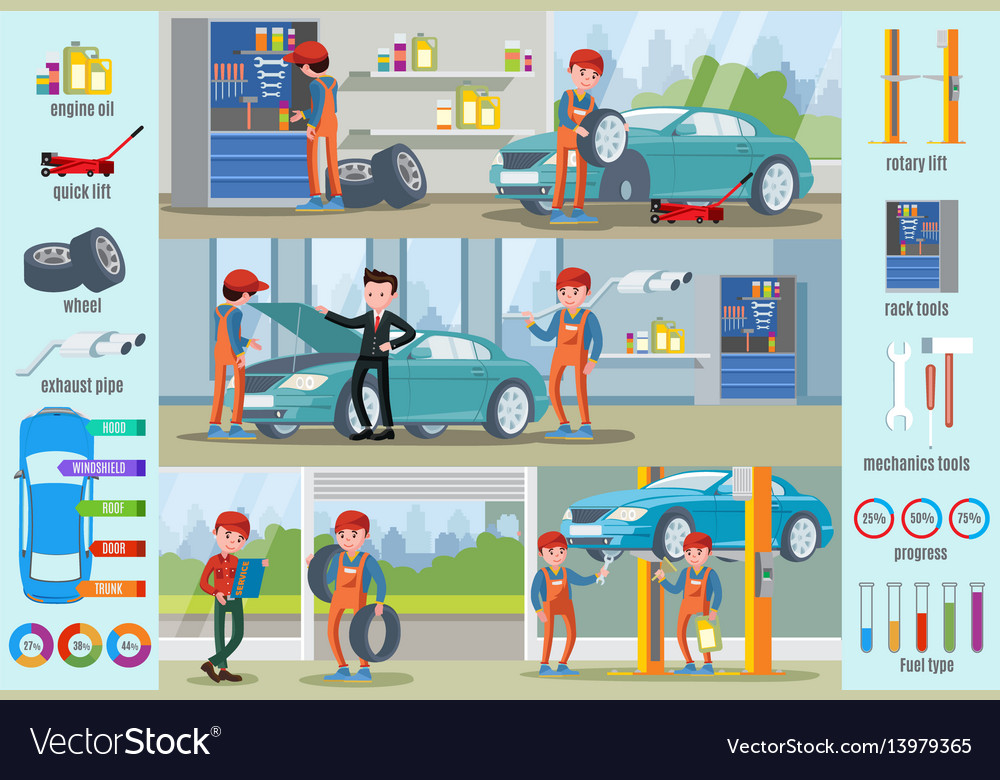Wondering About The Meaning Behind Those Control Panel Caution Lights? Gain Understandings Into Their Ramifications For Your Vehicle'S Security And Maintenance
Wondering About The Meaning Behind Those Control Panel Caution Lights? Gain Understandings Into Their Ramifications For Your Vehicle'S Security And Maintenance
Blog Article
Post Created By-Lauritsen Alvarado
When you're behind the wheel, those radiant warning lights on your dashboard can be a little bit perplexing. Do https://www.wesh.com/article/finding-the-right-auto-mechanic-for-your-car/37669216 know what they're trying to inform you regarding your cars and truck's health and wellness? Comprehending the relevance of these lights is crucial for your safety and the long life of your car. So, the next time among those lights appears, would not you want to decode its message accurately and take the essential actions to address it?
Common Warning Lights and Interpretations
Identify usual caution lights in your automobile and understand their significances to make certain safe driving.
One of the most regular caution lights include the check engine light, which indicates concerns with the engine or discharges system. If https://electric-brakes17394.actoblog.com/32752714/discover-exactly-how-environment-friendly-auto-detailing-products-can-raise-your-automobile-s-shine-while-protecting-the-world-uncover-the-lasting-options-waiting-on-you comes on, it's important to have your car checked immediately.
The oil pressure alerting light shows reduced oil pressure, calling for prompt focus to avoid engine damages.
A blinking battery light might suggest a defective charging system, potentially leaving you stranded otherwise resolved.
The tire pressure monitoring system (TPMS) light notifies you to reduced tire pressure, impacting lorry security and fuel efficiency. Ignoring this could cause dangerous driving conditions.
The abdominal light indicates a trouble with the anti-lock stopping system, jeopardizing your capacity to quit quickly in emergency situations.
cardetail but not least, the coolant temperature level alerting light warns of engine overheating, which can result in serious damage if not dealt with quickly.
Understanding these usual caution lights will certainly help you deal with issues without delay and preserve risk-free driving conditions.
Importance of Prompt Interest
Recognizing the common caution lights in your auto is only the very first step; the significance of immediately resolving these cautions can not be highlighted sufficient to ensure your safety and security when traveling.
When a warning light brightens on your dashboard, it's your automobile's method of communicating a prospective problem that requires attention. Disregarding these warnings can cause extra serious troubles down the road, jeopardizing your security and possibly costing you much more in repairs.
https://brake-pads84061.blogripley.com/32762041/the-benefit-of-mobile-automobile-outlining-transforms-your-vehicle-s-appearance-yet-is-it-as-efficient-as-conventional-techniques-discover-the-truth-behind-this-solution to cautioning lights can protect against breakdowns and accidents. As an example, a flashing check engine light might indicate a misfire that, if left neglected, might cause damages to the catalytic converter. Resolving this without delay can conserve you from an expensive repair.
Likewise, a brake system alerting light could indicate low brake fluid or worn brake pads, critical parts for your safety and security when driving.
DIY Troubleshooting Tips
If you discover a warning light on your dashboard, there are a few do it yourself fixing ideas you can try before looking for professional assistance.
The initial step is to consult your vehicle's manual to understand what the specific warning light suggests. Occasionally the problem can be as basic as a loose gas cap activating the check engine light. Tightening the gas cap may settle the trouble.
One more common issue is a reduced battery, which can trigger various alerting lights. Examining the battery connections for deterioration and guaranteeing they're protected could deal with the problem.
If a caution light lingers, you can attempt resetting it by detaching the car's battery for a few mins and after that reconnecting it. In addition, inspecting your car's fluid degrees, such as oil, coolant, and brake liquid, can assist troubleshoot warning lights connected to these systems.
Conclusion
In conclusion, comprehending your automobile's warning lights is important for maintaining your vehicle running efficiently and safely. By quickly attending to these notifies and knowing what they imply, you can prevent expensive repair work and prospective malfunctions.
Keep in mind to consult your vehicle's guidebook for specific information on each cautioning light and act as necessary to guarantee a hassle-free driving experience.
Remain informed, stay safe when driving!
